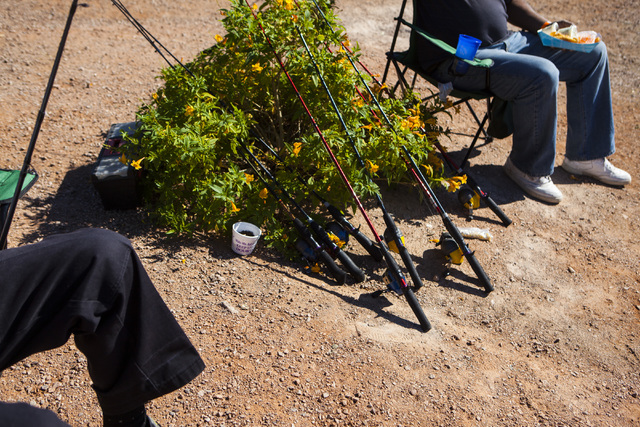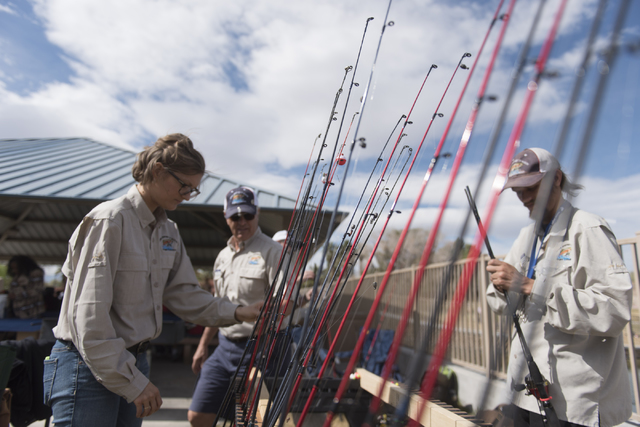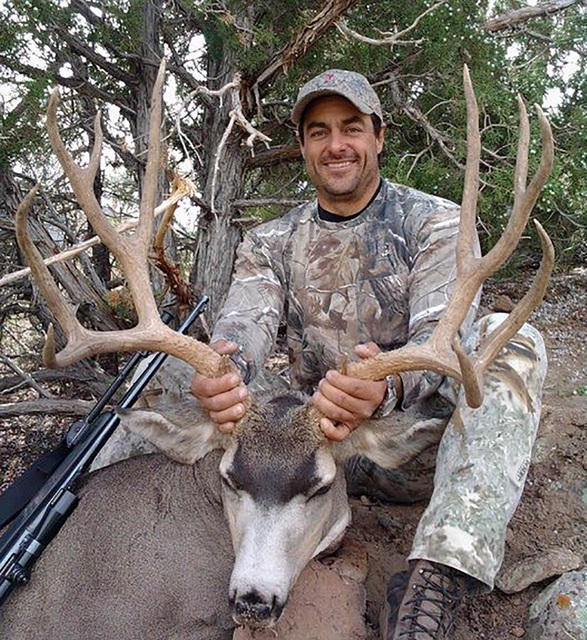U.S. report: Hunting, fishing, wildlife activities attract more than 100M
A report by the U.S. Fish and Wildlife Service that shows that 101.6 million Americans — 40 percent of the U.S. population 16 years old and older — participated in wildlife-related activities in 2016, such as hunting, fishing and wildlife-watching.
The survey illustrates gains in wildlife watching—particularly around the home—and fishing, with moderate declines in the number of hunters nationally.
The findings reflect a continued interest in engaging in the outdoors. These activities are drivers behind an economic powerhouse, where participants spent $156 billion—the most in the last 25 years, adjusted for inflation.
“This report absolutely underscores the need to increase public access to public lands across the United States,” U.S. Secretary of the Interior Ryan Zinke said in a statement from the U.S. Department of the Interior.
“Hunting and fishing are a part of the American heritage,” he said.
“As a kid who grew up hunting and fishing on public lands who later took my own kids out on the same land, I know how important it is to expand access for future generations,” Zinke said. “Many folks east of the Mississippi River rely on friends with large acreages or pay high rates for hunting and fishing clubs. This makes access to wildlife refuges and other public lands more important.”
The survey, the 13th in a series conducted nearly every five years since 1955, shows that the most substantial increases in participation involve wildlife-watching—observing, feeding and photographing wildlife.
The report, issued earlier this year, indicates that:
■ These activities surged 20 percent from 2011 to 2016, from 71.8 million to 86 million participants during that time.
■ Expenditures by wildlife watchers also rose sharply — 28 percent—between 2011 and 2016, from $59.1 billion to $75.9 billion.
■ Around-the-home wildlife-watching increased 18 percent from 2011, from 68.6 million in 2011 to 81.1 million participants in 2016.
■ More modest gains were made for away-from-home wildlife watchers: a 5 percent increase from 2011 to 2016, from 22.5 million to 23 million participants.
More Americans also went fishing.
The report indicates that:
■ an 8 percent increase in angling participation since 2011, from 33.1 million anglers to 35.8 million in 2016.
■ the greatest increases in participation - 10 percent - were seen in the Great Lakes area.
■ total expenditures by anglers nationwide rose 2 percent from 2011 to 2016, from $45 billion to $46.1 billion.
■ hunting participation dropped by about 2 million participants but still remained strong at 11.5 million hunters.
■ total expenditures by hunters declined 29 percent from 2011 to 2016, from $36.3 billion to $25.6 billion.
■ expenditures for related items such as taxidermy and camping equipment experienced a 27-percent uptick, and hunting trip-related expenses increased 15 percent.
This year’s survey also gathered two new categories of data: archery and target shooting.
Findings show there are more than 32 million target shooters using firearms and 12.4 million people engaged in archery, not including hunting.
“Hunters and anglers form the foundation of wildlife conservation in the United States, consistently generating more funding for habitat and wildlife management than any other source,” U.S. Fish and Wildlife Service Principal Deputy Director Greg Sheehan said in a statement.
“Industry, federal and state fish and wildlife agency initiatives that focus on hunter and angler recruitment, retention and reactivation are crucial to sustaining these conservation dollars and ensuring the next generation of wildlife enthusiasts have the opportunity, access and awareness to pursue these time-honored American traditions,” Sheehan said.




















